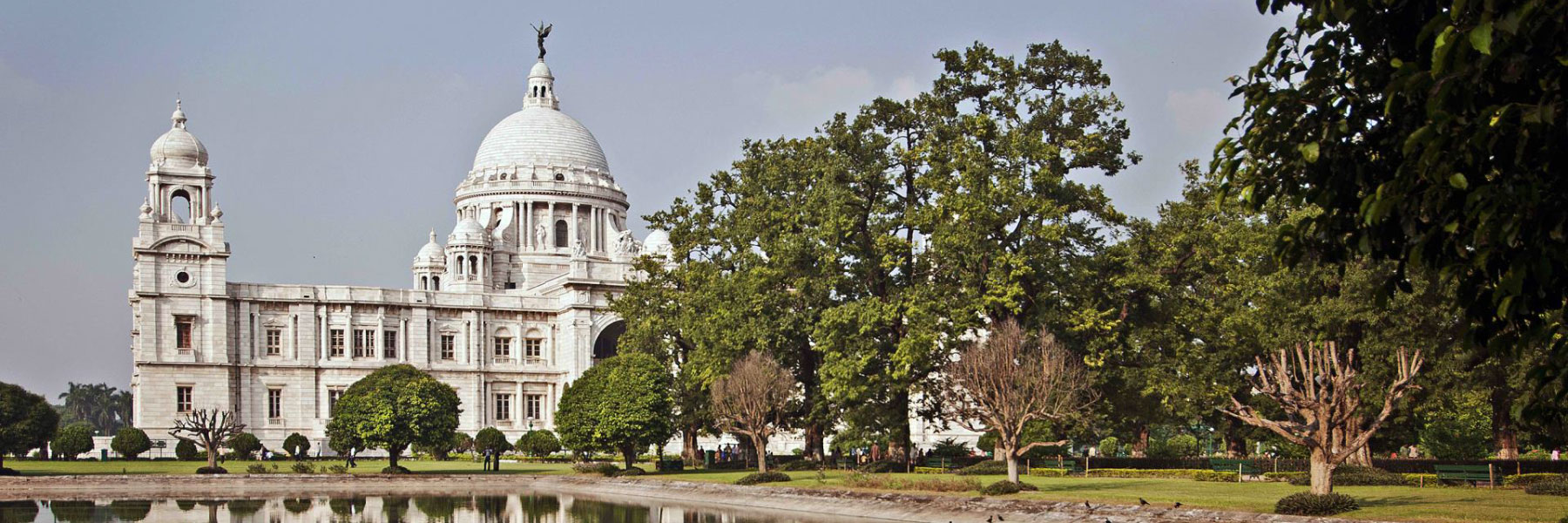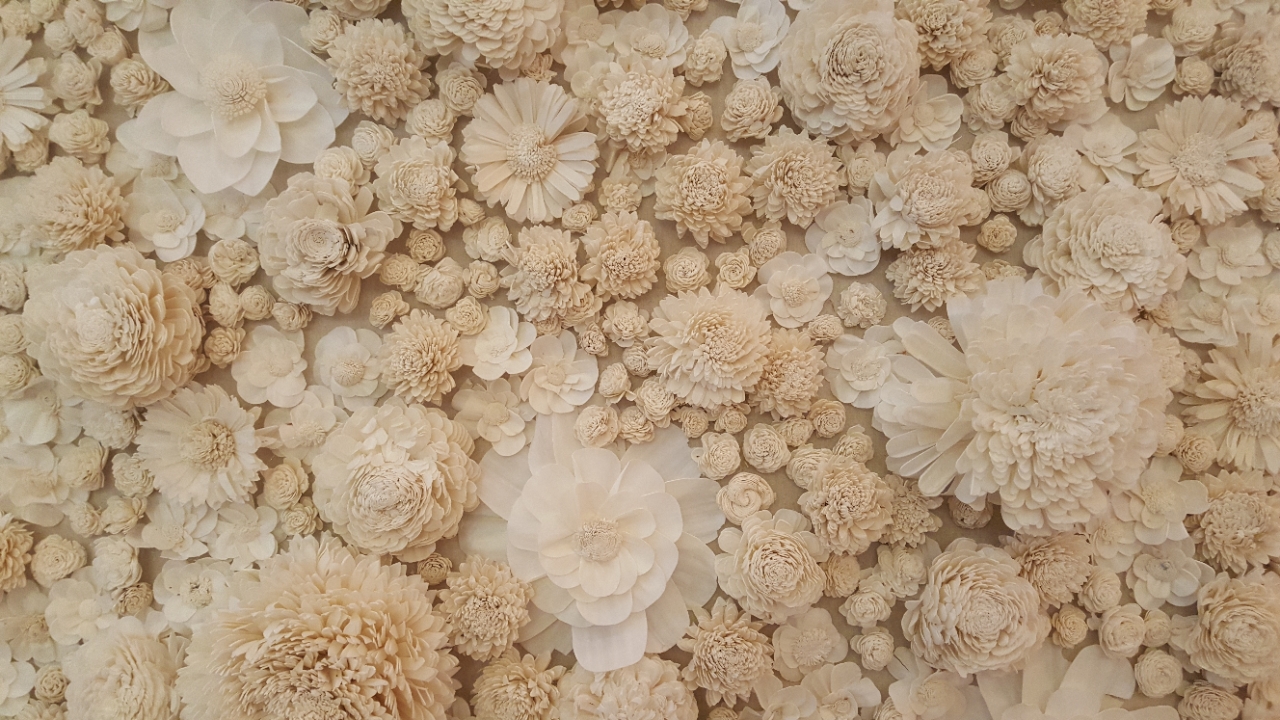
Sorry, we couldn't find anything that matches your search.
Destination

Famous Places to Explore in Hyderabad
A vibrant city with the imposing...

Raipur Tourist Places | Best Place to Visit
The stronghold of several erstwhile...

Ahmedabad
Declared as India's first UNESCO World...
#
Terracotta
Set amidst picturesque surroundings and verdant gardens, Race Course is a beautiful stopover. It is among the largest horse race venues in the country that was established by the Bristish in 1820. Several prestigious events are held at the Race Course regularly. A hotspot for elites, it sees huge footfalls in the months of July to September and November to March, when races are held. You can catch a thrilling race on Saturdays or on public holidays. Some of the prominent races include the Calcutta Derby and the Queen Elizabeth Cup. The course is also used as a ground for polo matches. While visiting here, one can either bet on a race or simply choose to watch a game of polo. Race Course is located at the heart of the city, near the Victoria Memorial, and is maintained by the Royal Turf Club of Calcutta. Tourists can also visit Maidan Ground, which is Kolkata’s biggest playground, and Elliot Park that lie in close proximity.

Shola Pith
Shola pith (sola pith), also called Indian cork is a beautiful milky-white sponge wood that is finely carved by talented artists to create various artefacts. The most important of these is the traditional headgear worn by a Bengali bridegroom. The craft also comes into use a few months before the festivities of Durga Puja, when the entire backdrop of the pandals is carved using it. The process of making shola crafts is intricate, elaborate and quite tedious, and is practised by craftsmen called Malakars, meaning garland-makers. The craft is mainly practised in areas like Nadia, Hooghly, Burdwan, Murshidabad and Birbhum. Shola pith is obtained from sola plants that grow in the marshy lands of West Bengal, Assam and the eastern marshy Gangetic plains.

Masks
Made using papier mache, these traditional masks are a vivid portrayal of deities and demons from mythological stories. To make these, paper is dipped in clay and then pasted over a clay model. Once dry, the mask is taken off the mould and painted in vibrant shades. The Purulia district is well-known as the hub for this art. The mask may be used to decorate homes or as an accessory to participate in folk festivals.

Kantha
Kantha is one of the oldest forms of embroidery in India. It is believed to have originated in the pre-Vedic period. In this, running stitches are creatively used to make flowers, birds, animals and geometrical figures on a cotton or silk cloth, which is used to make sarees and dhotis. Nowadays, blankets and quilts are also being created by stitching five or six cloth layers together. The motifs used in earlier times included symbols like the sun, the tree of life and the universe. Later, when the art was exposed to Hinduism, it incorporated motifs of deities and ceremonies and one could find a plethora of designs featuring gods, goddesses, ceremonies of birth and pujas. The word 'kantha' means rags in Sanskrit and the main motive behind the introduction of this embroidery was to be able to reuse old materials. The evolution of the embroidery can be accredited to the rural housewives of Bengal, who majorly practiced it to make quilts, sarees, dhotis and handkerchiefs for their families. Though its recognition faded over time, it was revived in the 1940s by the famous Kala Bhavana Institute of Fine Arts. Today, kantha sarees are coveted all over the state and making them is a labour-intensive job that requires intricate work. Channelling the essence of Bengal, these sarees are a must-buy if you're stopping over.

Kalighat Pats
Kalighat painting or kalighat pat is an art form that developed in the early 19th century in the vicinity of the famous Kalighat Kali Temple in Kolkata. These are practiced by artists called patuas, who documented Bengali lifestyle, from the actions of gods and goddesses to the frailties of the Calcutta babus, in these paintings. The main theme of the art was housewives defending themselves with broomsticks, women playing tabla (a small pair of drums), bina (a string instrument) and some of them dressing up. The dominating scenes are those from religious and mythological stories. One can also find pictures of beasts and birds, along with those of historical figures like Rani Lakshmibai. Eventually, naturally coloured woodworks and lithography also came up, inspired by kalighat pat. The process of crafting these paintings is generally a teamwork, with the head patua doing the detailing and the helpers finishing up the rest of the work. Watercolours and vegetable colours are generally used for these paintings. While some pats are made of clay, others are made of paper. The clay pats usually feature gods and goddesses or figures of men and women. These are burnt and then painted white with ghusum soil, found in ponds, which is mixed with the gum of marmelos, and applied on the pat. Varnishing is done with boiled tamarind seeds that add to the shine of the paintings. The paper pats are usually based on ancient scriptures and are shaped according to the length of the stories. They are made of cotton pulp or art paper, and are painted with vegetable colours. When the painting is ready, thin strips of cloth are pasted behind them. Brushes made of goat's hair are used for painting.

Jute decor
This eco-friendly fibre, known as the golden fibre, is used to create a variety of décor products. The village women also get a source of livelihood as they are involved in all stages of the process – from getting the raw material off the plant to the actual creation of the products. The main jute items sold in the city are bags, mats, coasters, sculptures, jewellery, home decoration items, shoes, dolls etc. Jute has been used as a weaving fibre since ancient times in Asia and Africa. The British East India Company was the first trader of jute in the 19th century, and established the first mill at Rishra, on the banks of the Hooghly river, near Kolkata in 1855. By the year 1869, they were operating five mills with about 890 looms. After the fall of the British in India, the mills were taken over by Indian businessmen. Today, the country trades heavily in jute, with West Bengal being the largest producer.

Dokra Metal Casting
Dokra art is a method of making metal artefacts, and is believed to be about 5,000 years old. The Dokra Kamar tribes have been practising this art for centuries now and it has still retained its popularity. Dokra art involves the fashioning of stunning metal figurines made from copper and bronze based alloys, using a lost wax casting. Since the process is so tedious and intricate, it may take as long as a month to make a single piece. The first step in the process is creating a core, which is slightly smaller than the final artefact, using clay. It is dried in the sun and given a coat of wax in the desired thickness of the artefact. It is again coated in a layer of clay and intricate designs are carved thereafter. More layers of clay are added afterwards and dried till the mould is hard enough. It is then heated to melt the wax. Once the wax comes off, molten metal is poured in the cavity and left to acquire the shape of the clay mould. Once the metal cools off, it is dried, and the mould is broken into two or three equal pieces. The artefact is then revealed. Since the mould is broken, no two dokra pieces ever look the same. The final step involves applying patina to the metal object. A final coat of wax is then painted to preserve the patina.

Conch Shell Craft
Holding a special significance for the residents of Kolkata, conch shell is used in a variety of ways – from religious ceremonies to creating items of home décor. Beautiful engravings are done on these seashells to make pieces for interior décor. Besides, bangles worn by Bengali women on their weddings are also crafted out of conch shells. The craft of creating articles of conch shells is one of the most renowned in Bengal. Since these shells are considered very auspicious, a variety of delicate images of gods and goddesses are carved on them. Tourists can buy items like ornaments, shell jewellery, spoons, forks and table lamps. Some of the popular spots to buy conch shell articles are Bishnupur, Murshidabad, Malda and Nadia.

Brass and Bell-Metal Works
Brass and bell-metal works are used extensively in Kolkata to make utensils, decor and home utility items. Handed down over generations, this rare artwork finds many takers. One can even purchase pai, the tool on which engraved brass work is done on wooden bowls. It usually comes in a set of eight and besides home decor purposes, is used to take measures of paddy and rice. The artisans of Khagra in Murshidabad are known for their beautiful products that have a rich sheen and fine finish. In Bankura district, Ghatal and Purulia artisans are noted for moulding bigger items in exquisite fashion. The artisans of Chandrapur have an admirable skill of engravings the heads of goddesses and gods, whose idols are made with metal.

Bankura Horses
One of the most prestigious art forms of West Bengal, Bankura horses are used for both religious and decorative purposes. They are a fine example of terracotta craftsmanship and are distinguished by an erect neck and pointed ears. These horses are generally six inches to four feet in height and feature wide jaws. You can shop for these articles in Bishnupur, Nakaijuri, Kamardiha and Biboda, in West Bengal. The process of making Bankura horses is an intricate one. Bamboo and stone tools are used to carve out the body parts - four legs, a long neck, face, ears, tail etc. Some of the parts are made separately and then attached to the main body with clay paste. The body is smoothened to give it a neat finish. After this, the products are sun dried, coloured and burnt in kiln. Bankura horses have been used in worshipping and religious ceremonies since ancient times in the state of Bengal. The potters of Panchmura, about 16 miles from Bishnupur, are believed to have crafted these horses first. They are used in the chariot of Lord Dharamaraj, who is worshipped as a form of Sun god. This is why many people consider it holy to keep the horses in their homes.





